In this article, we’d like to showcase some of the amazing wildlife in Ireland, discuss their characteristics, their threats and their importance in an ecosystem, while also investigating whether there really is room for a return of wolves in Ireland.
The Wildlife Potential
The Great Irish Elk, an animal that has stood out in history for its towering size and unique morphology has been much lamented for its extinction. Although as it turns out it’s not actually uniquely Irish (or even an elk!) but found across continental Europe and Asia. So, 1) don’t tell anyone and 2) it might as well be, for this enchanting and mystical creature embodies the zoological wonders that Ireland once saw roaming throughout its ancient forests.
80% of the land on this small island in the North Atlantic was once covered in temperate deciduous forest. If we walked through these native woodlands, we could chance a sighting of brown bears, grey wolves, Eurasian Lynx and Wildcats. But it’s not just the megafauna that Ireland could boast about; but 450 bird species; a native lizard; and a myriad of fascinating insects. These animals highlight the range of biodiversity Ireland supported and hopefully can lead us to celebrate the species we still have and some that are starting to make a comeback.
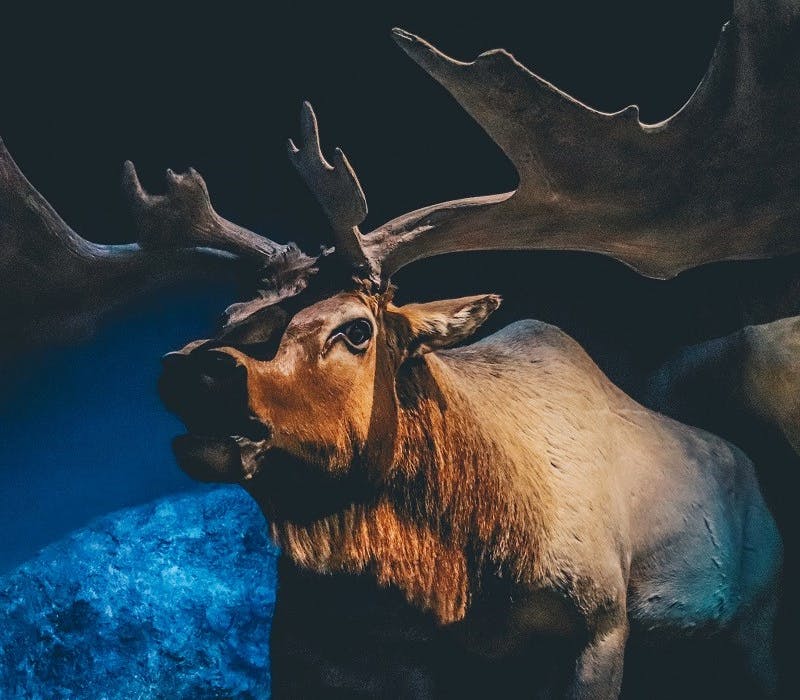
The Return of the Hen Harrier
A hen harrier has recently been spotted close to our Irish reforestation project for the first time in 20 years, rousing hopes that the native raptor will return indefinitely to this area of Ireland. A spectacular bird of prey, famed for the differences between male and female, the former is slim, streamlined and mainly silver-grey and white, except for black wing tips while his better half is larger, predominantly brown with fine black markings.
Hen harriers are also notorious for flying very low when hunting, flickering wing-beats followed by short glides and “quartering” systematically back and forth and across its territory in pursuit of small birds and rodents. Harriers are also an indicator species that tells us whether the ecosystem they hunt over is healthy.
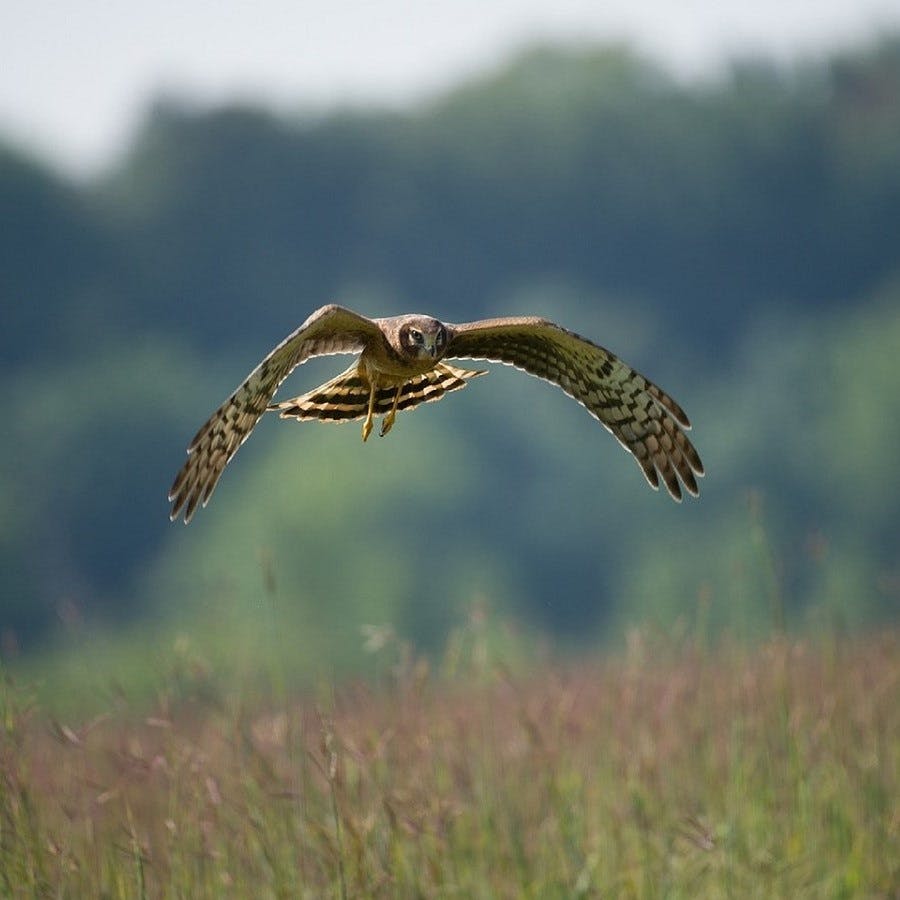
Pine Marten – Ireland’s Rarest Native Mammal
The pine marten is Ireland’s rarest native mammal, with just 2,700 individuals remaining. They like to roam well wooded areas with plenty of cover while their dens are commonly found in hollow trees or fallen root masses. Though excellent climbers they prefer to hunt on the ground preying on small rodents, birds, carrion, beetles, eggs fungi and berries.
The greatest threat to wildlife in Ireland, and no more so to the pine marten, has been humans. The loss of woodlands and the persecution of hunters who fear they take eggs and kill game birds have led to the pine marten's demise. Despite years of persecution, numbers in Ireland are fortunately recovering, coinciding with their new-found value as a rewilding species. The resurgent pine martens appear to have rolled back the grey squirrel population, allowing red squirrels to recolonise much of their old territory. Unlike reds, grey squirrels appear to be easy meat for the pine marten.


Take action now
Do you want to have a direct impact on climate change? Sir David Attenborough said the best thing we can do is to rewild the planet. So we run reforestation and rewilding programs across the globe to restore wild ecosystems and capture carbon.
Get involved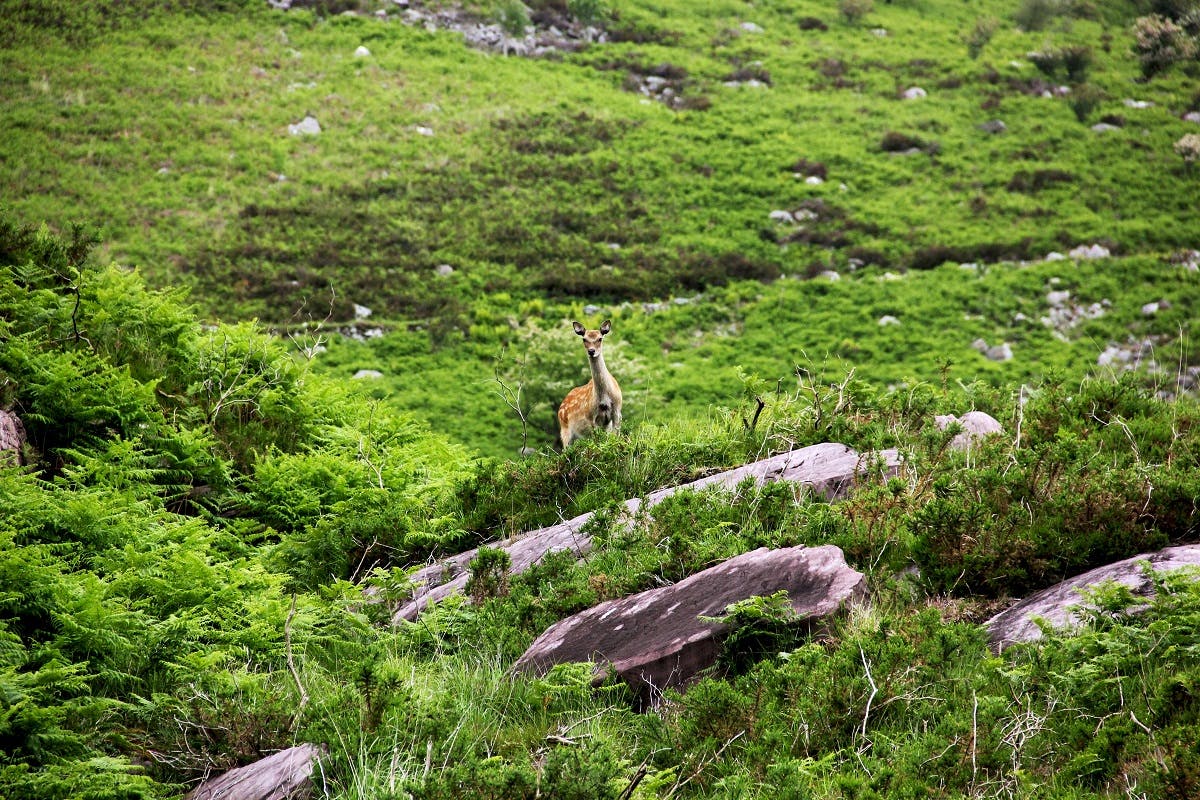
The Irish Hare – A Legend In Peril
The hare is an inherent part of Ireland’s culture and wildlife in Ireland, it is as mystical and mythical as Ireland itself. The hare has graced Ireland’s green fields for 20,000 years, making the hare the nation’s oldest mammal.
Hares rely on high-speed endurance running to escape predation, having distinctive long hind legs and large nostrils to do so. Hares are herbivorous and feed mainly on grasses, field crops, buds, and herbs. While rabbits gather in social groups called ‘herds’ and nest underground in warrens, hares are solitary for most of their lives and sleep above ground in their grassland habitats. Generally nocturnal and shy in nature, hares change their behaviour in the spring, when they can be seen in broad daylight chasing one another around in fields.
Once the revered animal of the Saxon goddess of dawn and a sacred creature in Gael mythology, the hare is facing her biggest challenge yet, modern Ireland. Farmers argue hares strip the fields of good grass leaving little for the dairy cows to eat. Though numbers are in decline due to snares, agricultural chemicals, and habit loss, there are some signs of hope …at Ireland’s airports, where they are free from predators and farmers.
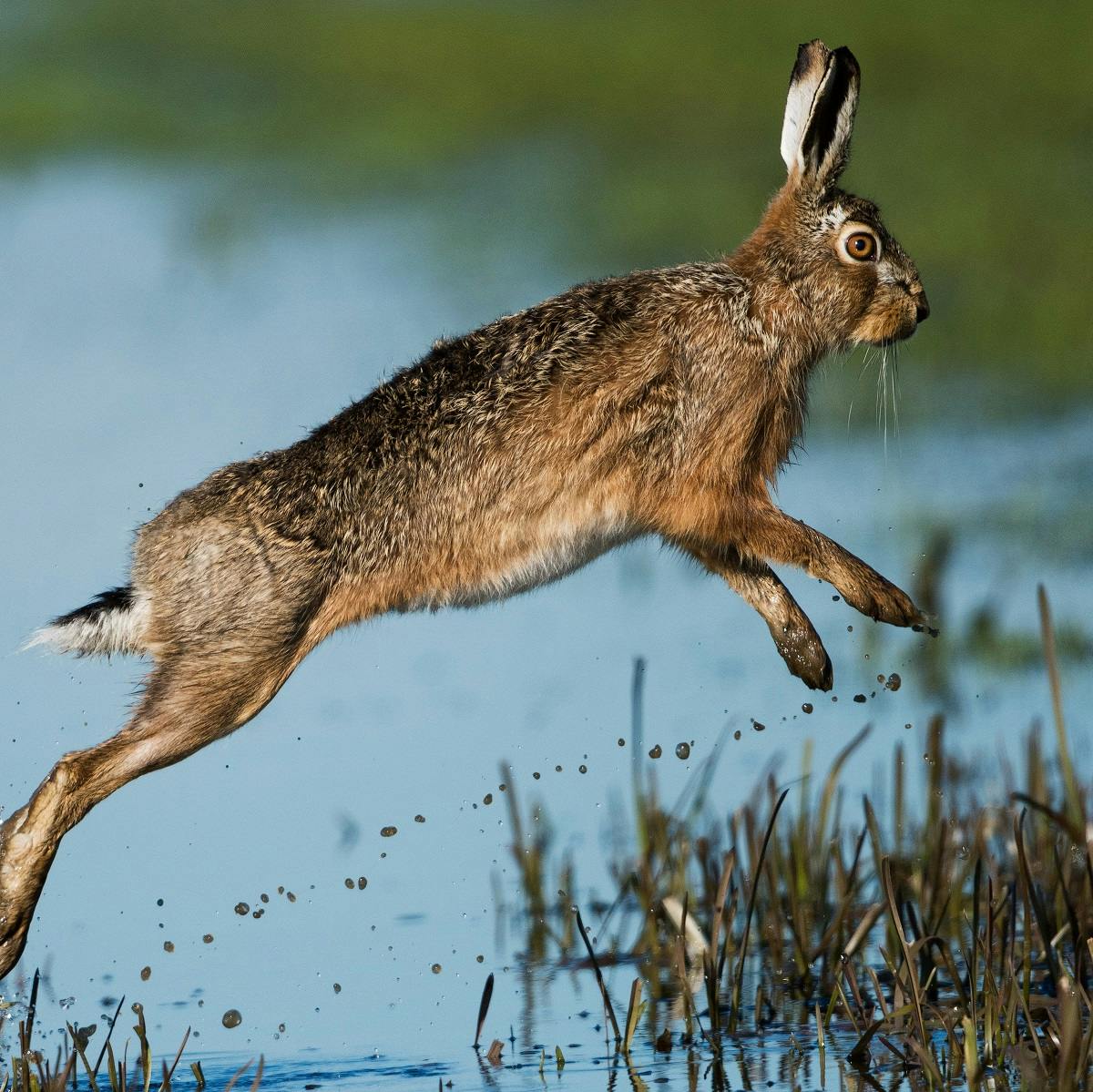
The Persecuted Badger
One can not discuss wildlife in Ireland without mentioning the misconceived badger. The European badger is a powerfully built black, white, and grey animal. It is a nocturnal, social, burrowing animal that sleeps during the day in one of several setts in its territorial range. These burrows, which may house several badger families, have extensive systems of underground passages and chambers and have multiple entrances. Some setts have been in use for decades. Badgers are very fussy over the cleanliness of their burrow, carrying in fresh bedding and removing soiled material, and they defecate in latrines strategically situated around their territory. Moreover, they are known to even share their burrow with other species such as rabbits and foxes.
Their greatest threat is the controversial government program which culls 7000 badgers a year to minimise the spreading of Bovine tuberculosis, costing the country 3.6 million a year. Despite the lack of any verifiable statistical data linking TB from badgers to cattle, the culling continues with inhumane snares. 80% of badgers caught are not even carrying TB, and when a lactating female is caught her young are left to starve.
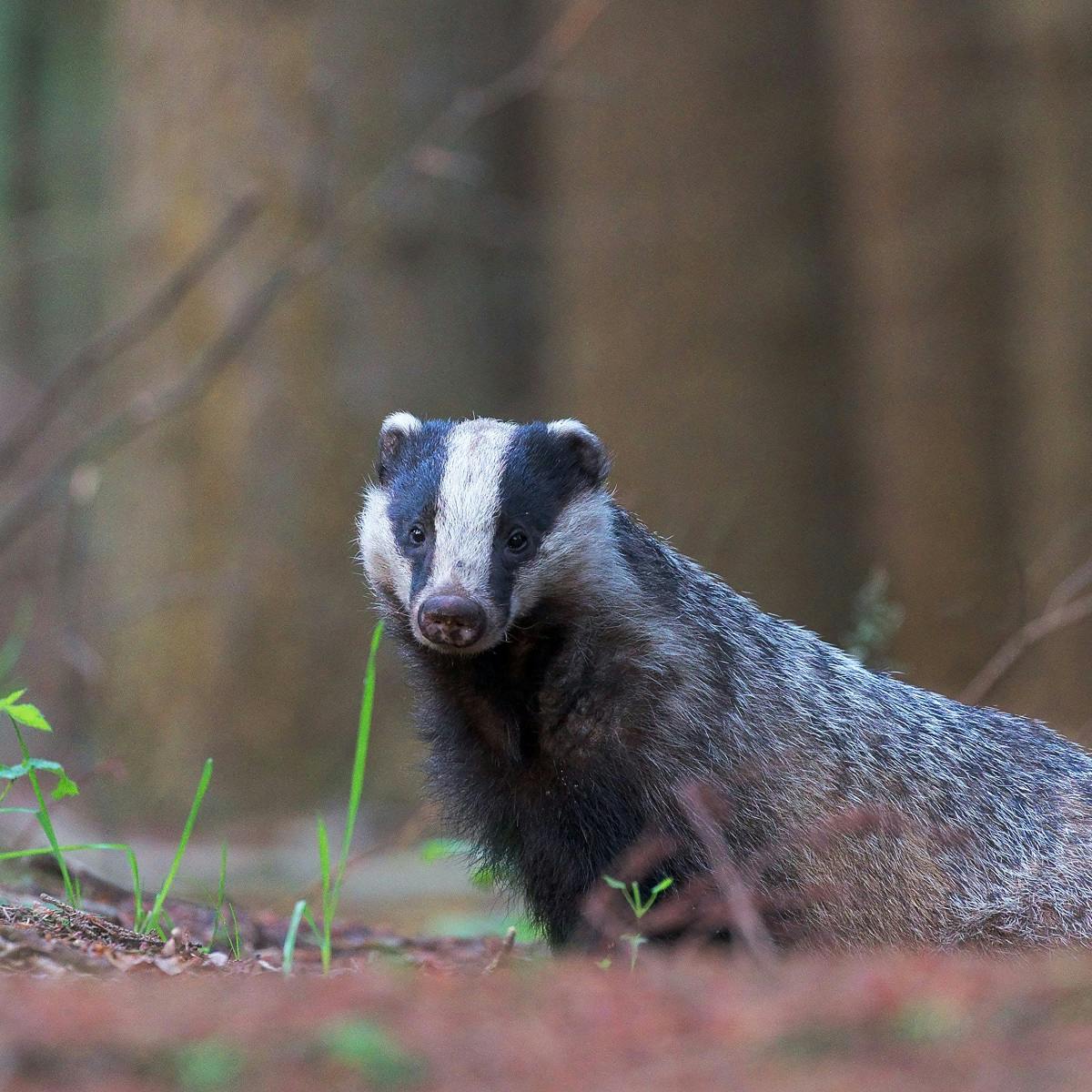
Puffins in Ireland
In the spring and summer months, Ireland is home to the Atlantic puffin. They’re found mainly on the west coast, and a few locations along the east coast. Great Saltee, The cliffs of Moher (close to our Foraois reforesting Ireland project) and Horn Head are good places to see puffins. The Skellig islands off County Kerry are internationally renowned as one of the most important sites for puffins and other breeding seabirds in Ireland. The remainder of the year, Ireland’s puffins migrate to the open ocean of the cold northern seas, before returning again to breed and raise chicks in the safety of Ireland’s cliffs and sea-stacks.
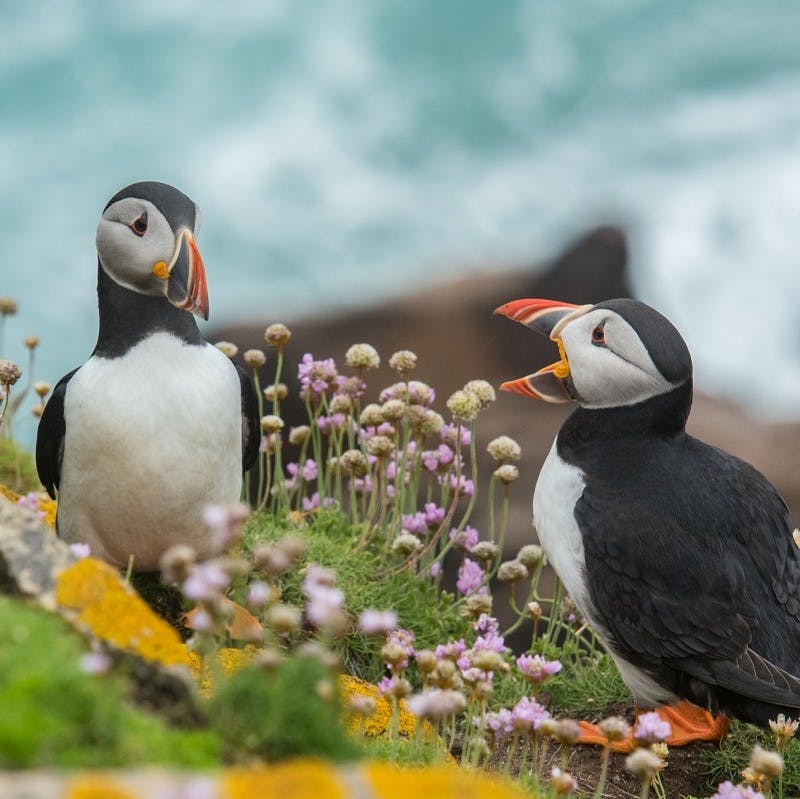
Whales Whales + More Whales
Coming as a surprise to some, Ireland's coastal waters are one of the major spots for whales in Europe. Up to 25 species of cetaceans have been spotted around Irish coasts which include minke, fin, blue and sperm whales. Some residential, some following their annual migration and others, such as the beluga and orca, making a chance encounter on exceedingly rare occasions.
Minke (mink-ee) whales are Ireland's most sighted cetacean and are regularly seen by whale watching tours along the west and southern coasts. Minke whales are the smallest species of the 13 “great whales”, a name given to some of the largest species of whales. Despite this title, they can weight up to 10 tonnes.
For centuries whale populations globally have seen devastating effects due to whaling and being caught as bycatch, but slowly and thankfully the animals are recovering. One of the most serious threats to whales and dolphins today are the high level of pollutants coming from landfills, agriculture and septic tanks that find their way into rivers and seas.
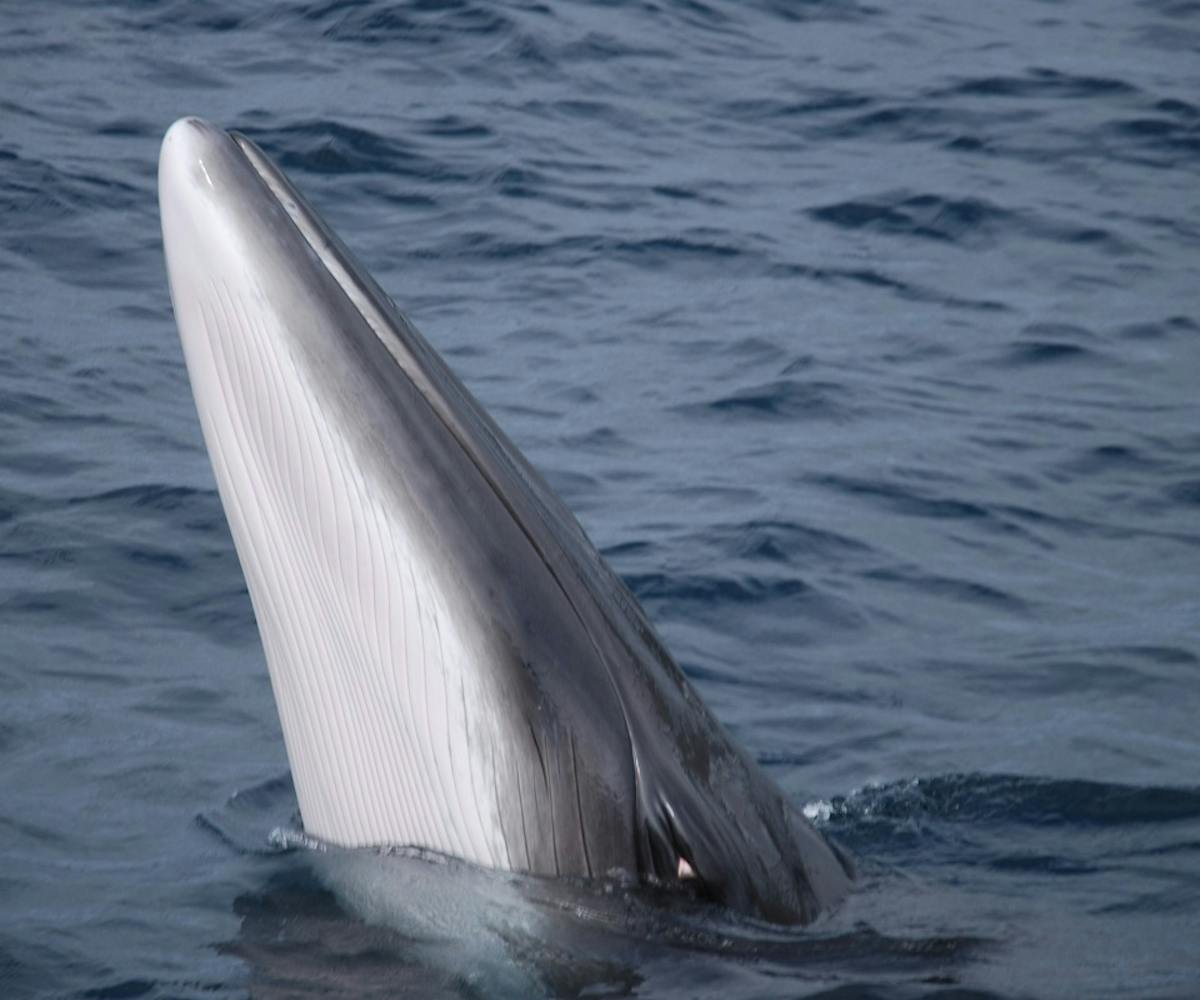
Is there room for wolves in Ireland?
Before becoming extinct in 1786, wolves were once an integral part of wildlife in Ireland and Irish culture, and up until the Middle Ages Ireland was often referred to as Wolfland because of the high number of wolves in Ireland. The Irish landscape was the perfect environment for wolves, with mountains, forests, and tundra to roam, and an abundance of deer and wild boar.
In recent years there has been a call, by various groups, for the reintroduction of wolves in Ireland. But just how realistic is this romantic rewilding Ireland idea? On the one hand, a re-introduction could help manage deer overpopulation, decrease tree damage from grazing, and boost eco-tourism in such areas as wolf watching in Ireland. However, Ireland is a country with a huge agriculture industry, where livestock can be found everywhere. Though wolves pose no danger to humans, the damage to livestock would present huge problems. Furthermore, as there is not enough wild territory nor corridors in Ireland to accommodate a successful wolf pack, only a small number of wolves can be reintroduced and this small population would have to be extensively managed and artificially controlled.

Glossary of terms
Carrion: It is the rotting flesh or the carcass of an animal that has died. It is often mentioned when referring to scavenging species such as vultures or raccoons who, due to special bacteria in their stomachs, can eat and digest it without becoming sick.
Ecosystem: A community of biological organisms such as animals, plants, fungi and how they interact with one other and the environment they live in. An ecosystem has biological, physical and chemical components and come in endless forms.
Migrate: A journey often undertaken annually by a species, moving from one area to another. Migrations range from short to long distances, following food sources or milder climates. Animals might migrate to avoid particularly harsh winters and then return in summer to mate. The migration of some bar-tailed godwit is an 8 day, 11,000km trip from Alaska to New Zealand.
Reintroduction: Attempts to re-establish animal or plant populations that have disappeared or disappearing, in a bid to strengthen the populations and lead to an overall benefit for the local environments.
Rewilding: Rewilding is the reintroduction of native tree and animal species to an area where they were once present, but now absent. These areas are managed at the beginning until they are able to look after themselves and regenerate naturally. It is attempting to return the natural balance to landscapes as well as a valuable tool in the fight against climate change.
Sources & further reading

- “Can we keep the hen harrier dancing in Irish skies?” - The Irish Times
- “Re-introducing wolves to Ireland: could we? Should we?” - Ireland’s Wildlife
